Search Images
Browse Content (p. 908)
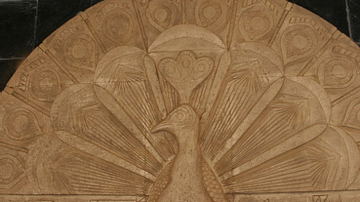
Image
Peacock Angel
The Peacock Angel (Tawusi Melek in Kurdish) is the chief member of the Yazidi Holy Trinity.
Cropped image, taken in Lalesh.
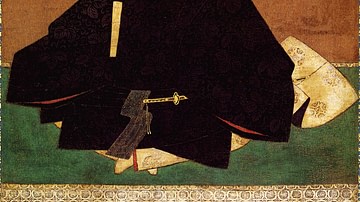
Image
Ashikaga Takauji
A painted silk portrait thought to represent Ashikaga Takauji (r. 1338-1358), first shogun of Japan's Ashikaga shogunate (aka Muromachi shogunate) which would rule Japan until 1573. (The Shogun is show in a traidtional seated posture and...
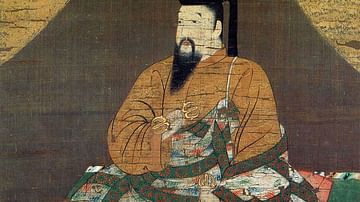
Image
Emperor Go-Daigo
A 14th century CE portrait of the Japanese emperor Go-Daigo (r. 1318-1339 CE). Taken from 'Miru Yomu Wakaru Nihon No Rekishi 2 Chusei', 1993 CE, Asahi Shinbun-sha.

Image
Landscape by Sesshu
A landscape ink and water painting by Sesshu (real name Toyo, 1420-1506 CE), one of the most important artists of Japan's Muromachi period (1333-1573 CE). This example was painted using the 'splashed-ink' technique. Hanging scroll, 1495 CE...

Image
Muromachi Samurai
A painted scroll showing samurai of the Muromachi period (1333-1573 CE). 1538 CE. (Musee Guimet, Paris)

Image
The Devil Selling Indulgences
The devil is selling indulgences.
Illustration from the Jena Codex, 1490-1510 CE.
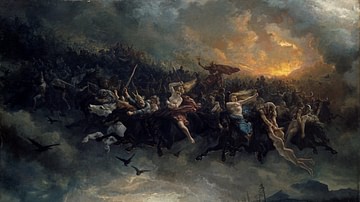
Image
Wild Hunt
Wild Hunt of Odin, painting by Peter Nicolai Arbo, 1872.
National Gallery of Norway, Oslo.
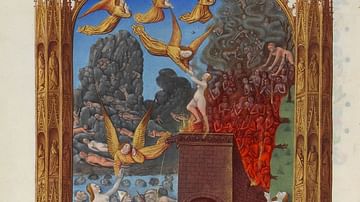
Image
Purgatory
Les Très Riches Heures du Duc de Berry, Folio 113v - Purgatory
Musée Condé, Chantilly.
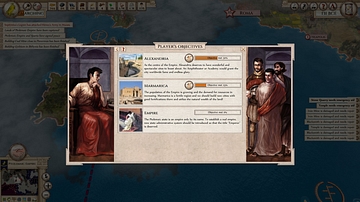
Image
Objectives - Aggressors: Ancient Rome
Screenshot from the game Aggressors: Ancient Rome showing player objectives.
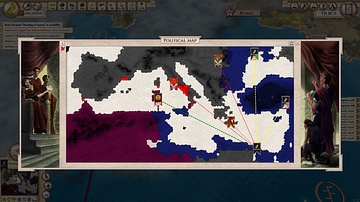
Image
Political Map - Aggressors: Ancient Rome
Screenshot from the game Aggressors: Ancient Rome showing the political map.